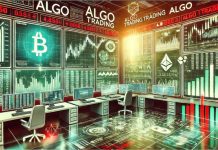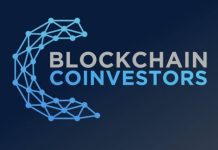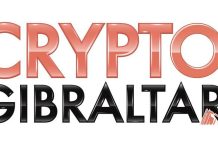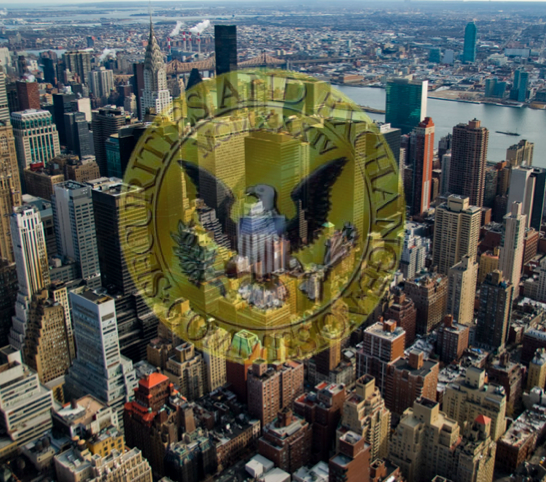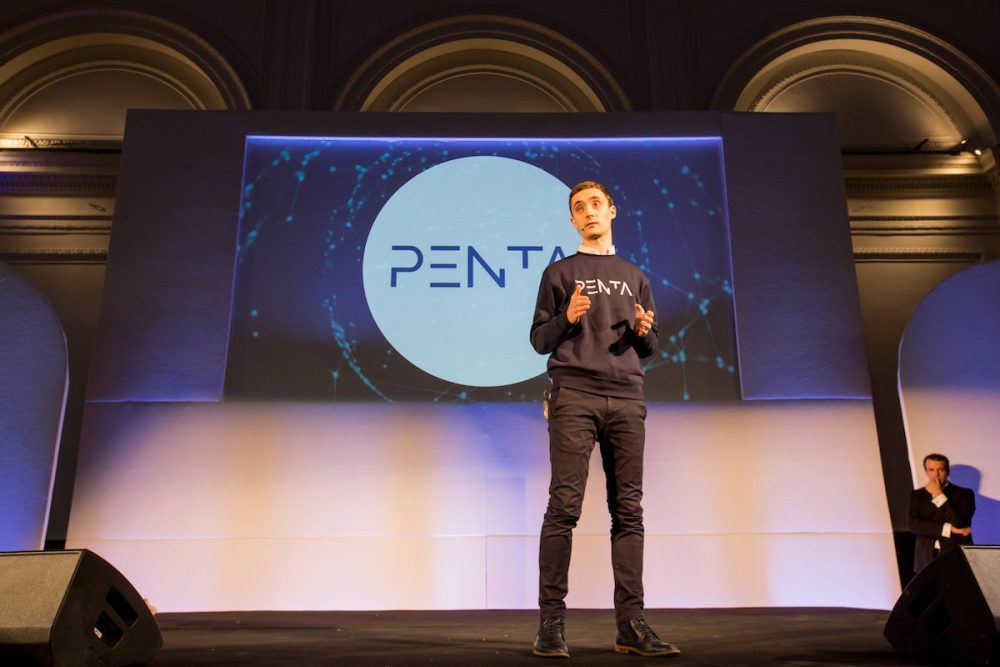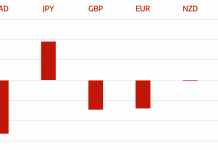
GMEX started as a FinTech company focused on supplying technology to traditional exchanges with a partnership driven approach. Over the last few years, we’ve heavily focused on the blockchain side of things, working closely with IBM and the underlying Hyperledger framework as well as other partners.
We’ve worked to provide a whole hybrid construct for exchanges, custodians and banks focused on both traditional and digital assets. Our footprint is very much global, so we have clients and partners all over the world. We have also used our technology and business expertise to enable our ventures, including digital exchange ecosystems, such as SECDEX Group to facilitate token issuance, exchange trading and digital custody as well as tokenised regulated funds such as Digital Investment Fund PCC, which is part of Digital Partners Network.
Blockchain 2.0
We’re moving towards the second generation of blockchain in financial services. We went through an initial pilot phase with projects in areas such as trade finance endorsed by the big banks. Now we have moved into a second phase, which is more exciting. It’s going to lead to a bigger future. The second generation of blockchain now looks at much more multi-node activity across tiers, across jurisdictions, and across business activities as well. We at GMEX are very excited about that because we’re at the forefront.
As an industry, we’re in a state of flux. If we look at FinTechs now, I would argue it’s the most exciting time ever because so many new technologies are emerging. You’ve got blockchain on the one hand, with AI and quantum computing on the other hand. From being more nascent, many of these are now starting to grow as well as integrate. With all that technology around, the opportunity for innovation is immense. But that’s balanced by the inertia in existing legacy platforms, existing processes and legacy mindsets. The key challenge is this: the opportunity with this new technology is immense, but how do we get it working from a small base and scale it in the first place?
How can banks and exchanges enter the digital assets space?
New FinTechs often struggle because in the early stages they might be innovative, but actually, there’s a lot of “if you build it, they will come.” Strictly speaking, we ask ourselves, is there a need to do something and how can we do it differently before we embark upon doing it from a technological standpoint. Technology can act as an enabler, but it needs business validation.
Banks and exchanges have been used to a range of asset classes for a while, but now many are wondering how to enter the digital asset space, in what capacity, and how they can integrate that with what they already do? This whole construct with Bitcoin came about in a decentralised fashion and, obviously, financial market infrastructure, the central banks, are more centralised. So, the biggest challenge is, how do you marry up that decentralised ethos with that centralised ethos? How can central banks embrace this technology, keep control of monetary policy and move forward cohesively? Equally, traditional banks face the same issues.
To GMEX, this presents an opportunity because the right answer isn’t status quo on the traditional side and it isn’t the decentralised Wild West. The right answer is somewhere in between, and that presents opportunity to create new products, new asset classes, new revenue streams. To get that competitive edge, innovation is key.
Why blockchain?
We looked at blockchain as an opportunity to reinvent the way that markets traded, cleared, and settled. And for the whole market infrastructure value chain and participants along that space, we wanted to do it differently, not just by automating something and putting it onto a blockchain that existed today. We looked at a range of different blockchains and distributed ledger technology. They all said they did fantastic things, but when you opened that tin, in most cases what was in the tin wasn’t what the label said.
When we looked at what IBM was doing with IBM Blockchain Platform and the underlying Hyperledger Fabric, we found that it did what it said it did. Combined with that, we were heavily focused on Java development and it integrated seamlessly. It was a good combination of the ability to leverage the open source environment and the knowledge that’s out there–that communal effect in terms of expanding knowledge and products–combined with our own intellectual property. We got the best of both worlds.
What does moving from analogue to digital mean?
We know how the smartphone revolutionised the way that we communicate online and in every fashion. Even 10 years ago, we couldn’t have envisioned where we’re at now and the extent that it’s developed. This is where we are in financial markets. We don’t necessarily see it right now, but there are many silos out there, they don’t talk to each other effectively. Of course, there are networks that join them up, but they’re incredibly inefficient, they’re very expensive, they don’t facilitate the types of cross border activity we could achieve if there were more seamless integration. Blockchain working with the right use cases can revolutionise that, so that we move from an analog financial market to the smart financial market we need, one that will facilitate more opportunity.
What does that mean in practice? At the moment, whether in the US, Europe or Asia, there are multiple exchanges and trading venues, but they don’t talk to each other and they can’t seamlessly facilitate client interaction and flows between them. Now, let’s consider a blockchain enabled multi-node world. For example, you may be trading Bitcoin in Abu Dhabi, but it may be difficult to get banked over there. You could then do an automatic swap between there and the UK. Also, clients in one jurisdiction can now seamlessly trade in another while dealing with digital custody aligned to where their assets like gold or crypto are physically stored. That can be well aligned with what’s happening on the digital side.
The immense opportunities
Now, all of a sudden the opportunities are immense. There was a survey in 2015 by the World Economic Forum that said that by 2027, 10% of global GDP was going to be on a blockchain. That accounts for about $24 trillion of assets. It’s a huge opportunity for FinTech firms, but also a big opportunity for financial markets firms and those that provide financial services because ultimately the FinTech firms will enable that business to happen.
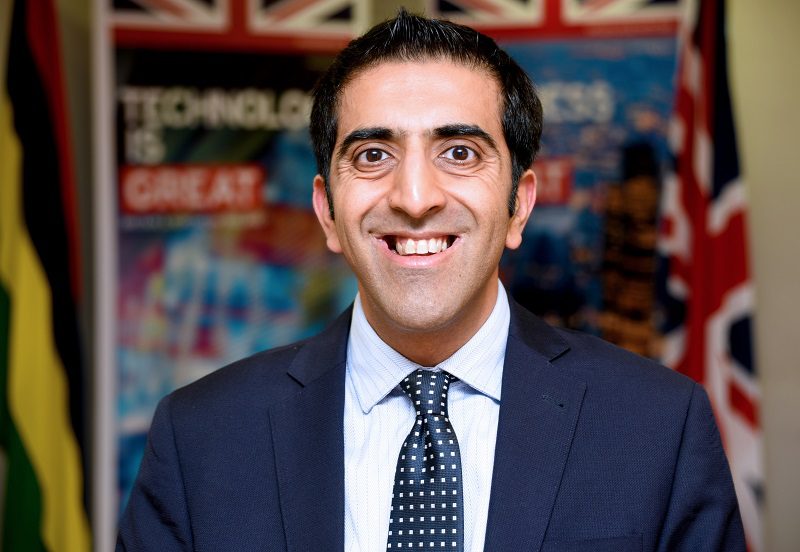
Hirander has expertise in extensive electronic trading and FinTech spanning 25 years, with successful syndication to investors and substantial exits. He is the Chairman & CEO of GMEX Group and its climate fintech platform-as-a-service ZERO13, which won the COP 28 UAE TechSprint for the use of blockchain to scale climate finance. He is one of the Top 10 influential business leaders of blockchain technology in the UK All Party Parliamentary Group report. He is also featured in LATTICE80’s Top 100 influencer list for the UN Sustainable Development Goals agenda for pioneering blockchain technology solutions. Hirander was also recognised as the Most Influential CEO 2024 – UK (Carbon Credits) by CEO Monthly, a digital magazine published by AI Global Media.
Previously he was the co-founder and Chief Operating Officer of Chi-X Europe Limited, instrumental in taking the company from concept to successful launch. At the time of his departure in February 2010, Chi-X Europe was the second largest equities trading venue in Europe, just behind the LSE Group, and was subsequently sold to Bats Global Markets (now part of CBOE Global Markets) for $365M.

















